SUMMARY
This is AI generated summarization, which may have errors. For context, always refer to the full article.
State volcanologists lowered the status of Mayon Volcano in Albay province from Alert Level 2 to Alert Level 1 on Friday, July 17.
The Philippine Institute of Volcanology and Seismology (Phivolcs) announced in a bulletin at 9:30 am on Friday that Mayon is now seeing a low level of unrest, coming from a moderate level.
“This means that the likelihood of an eruption occurring within the immediate future has diminished,” Phivolcs said.
“However, the lowering of the alert status should not be interpreted that the volcano’s unrest has ceased, considering that eruptible magma has already accumulated beneath the edifice,” it added, referring to magma from Mayon’s January 2018 eruption.
Prior to Friday, the volcano’s status was last lowered on March 29, 2018, from Alert Level 3 to Alert Level 2.
“There has been a continued decline in the monitored parameters” since then, according to Phivolcs.
In particular, state volcanologists observed the following:
- Fewer earthquakes – There was a daily average of just one volcanic earthquake for the past 6 months, caused by rock fracturing and occasional rockfall. “Rockfall events were likely initiated by intense rainfall or extreme winds over the volcano summit rather than lava extrusion,” said Phivolcs, which means magma is not rising.
- Low levels of sulfur dioxide (SO2) emission – This has stabilized between 300 tons and 700 tons per day since January 2020. SO2 is a major gas component of magma.
- Visual signs – Steam from the crater has ranged from weak to moderate. The lava dome at the crater is also stable and the crater glow “associated with superheated gas escaping the summit vent” is faint – both came from remnant magma from the January 2018 eruption.
The volcano, however, remains swollen, as observed since the beginning of 2020.
“Inflation is slightly more prominent on the lower to middle slopes but is slight to negligible on the upper slopes, consistent with deep-seated magma that has yet to ascend the edifice,” said Phivolcs, a reiteration that magma is not rising.
But even as Mayon’s status has been downgraded, Phivolcs reminded the public not to enter the 6-kilometer Permanent Danger Zone around the volcano.
Rockfalls and sudden steam-driven or phreatic eruptions could still occur.
If Mayon continues easing over a period of time, its status could further be lowered to Alert Level 0. But if it flares up, Alert Level 2 may be raised again. – Rappler.com
Add a comment
How does this make you feel?
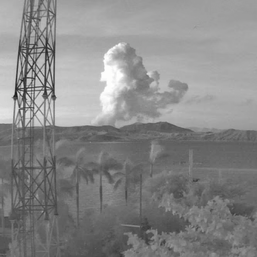
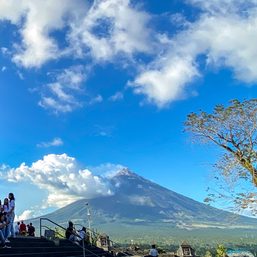
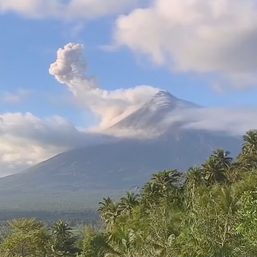
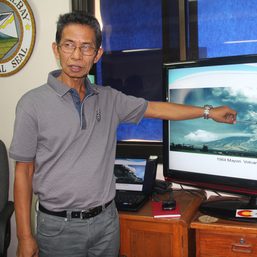
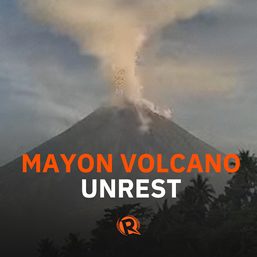
There are no comments yet. Add your comment to start the conversation.